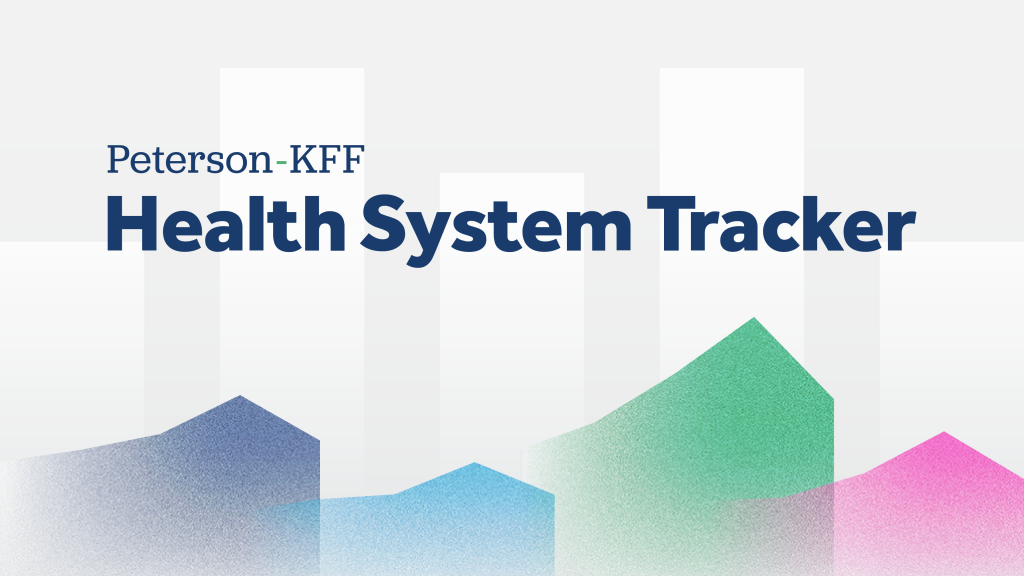How Does the Quality of the U.S. Health System Compare to Other Countries?
This chart collection compare health outcomes, quality of care, and access to services between the U.S. and peer countries. While inconsistent and imperfect metrics make it difficult to firmly assess system-wide health quality in the U.S., a review of the available data prior to the onset of the COVID-19 pandemic suggests that in most of these measures, the U.S. has lagged behind comparably large and wealthy countries.
